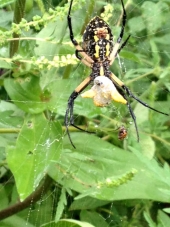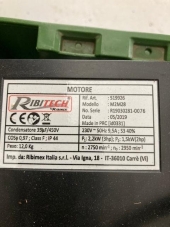Hi Peter, Yes. And the Nearest Lowes/Home-despot/Rona is 1000km away in Edmonton! My reading has me thinking that Type-s with an added pozzolan will work for my plastering needs, but true quicklime would be better. A common pozzolan is brick dust, but again no source here, so I may divert some of my bio-char production and use charcoal to do the job.
I'm now thinking that it may be easier to find some local limestone and make my own true quicklime in a homemade cob kiln. Or very slowly in my paint-can retort that I use in my woodstove for charcoal.







